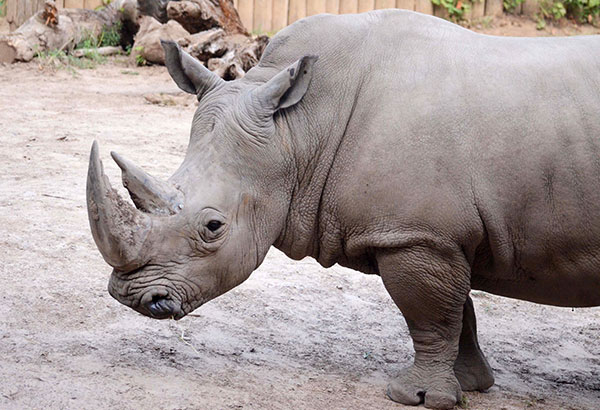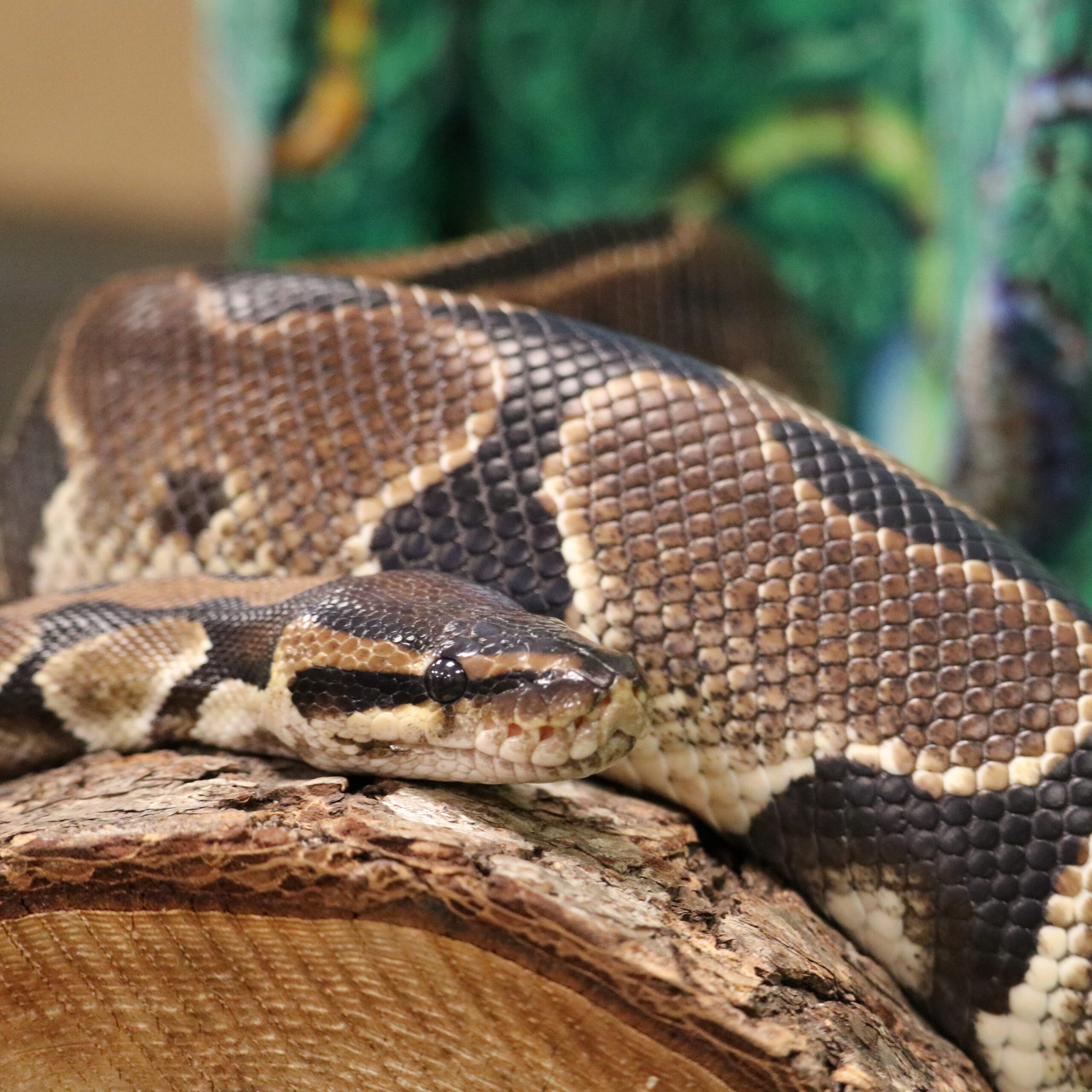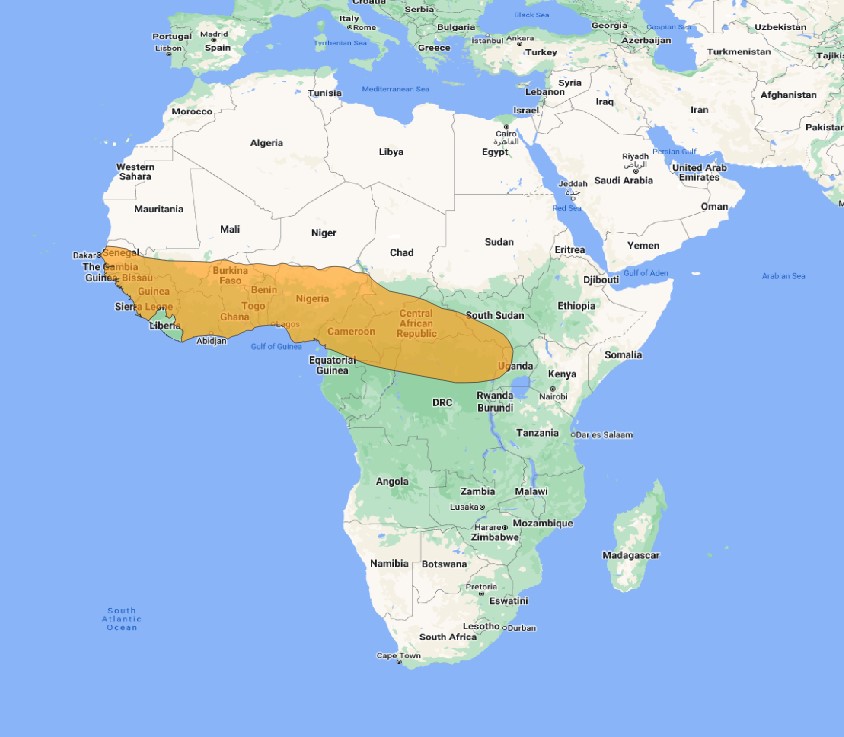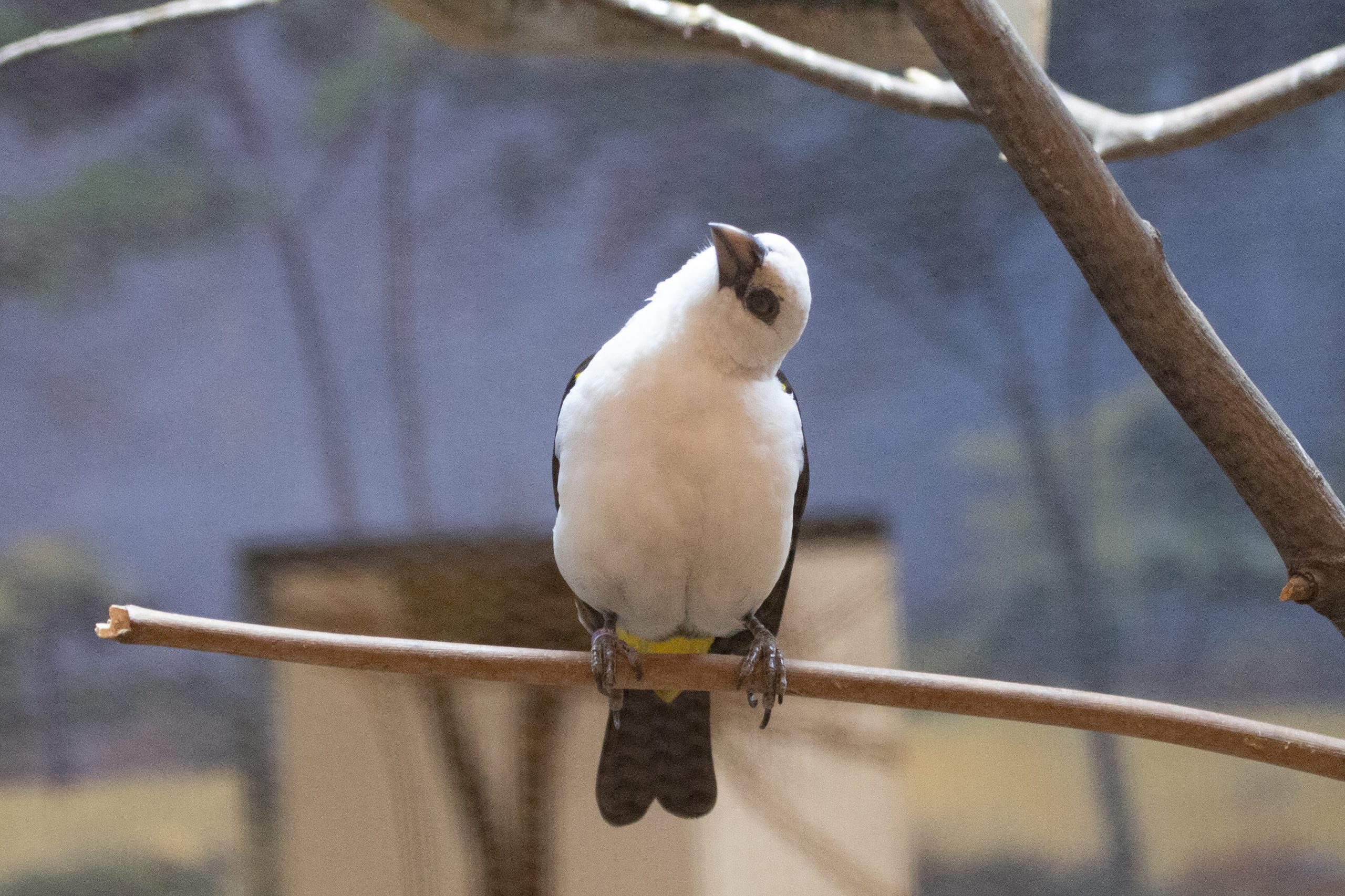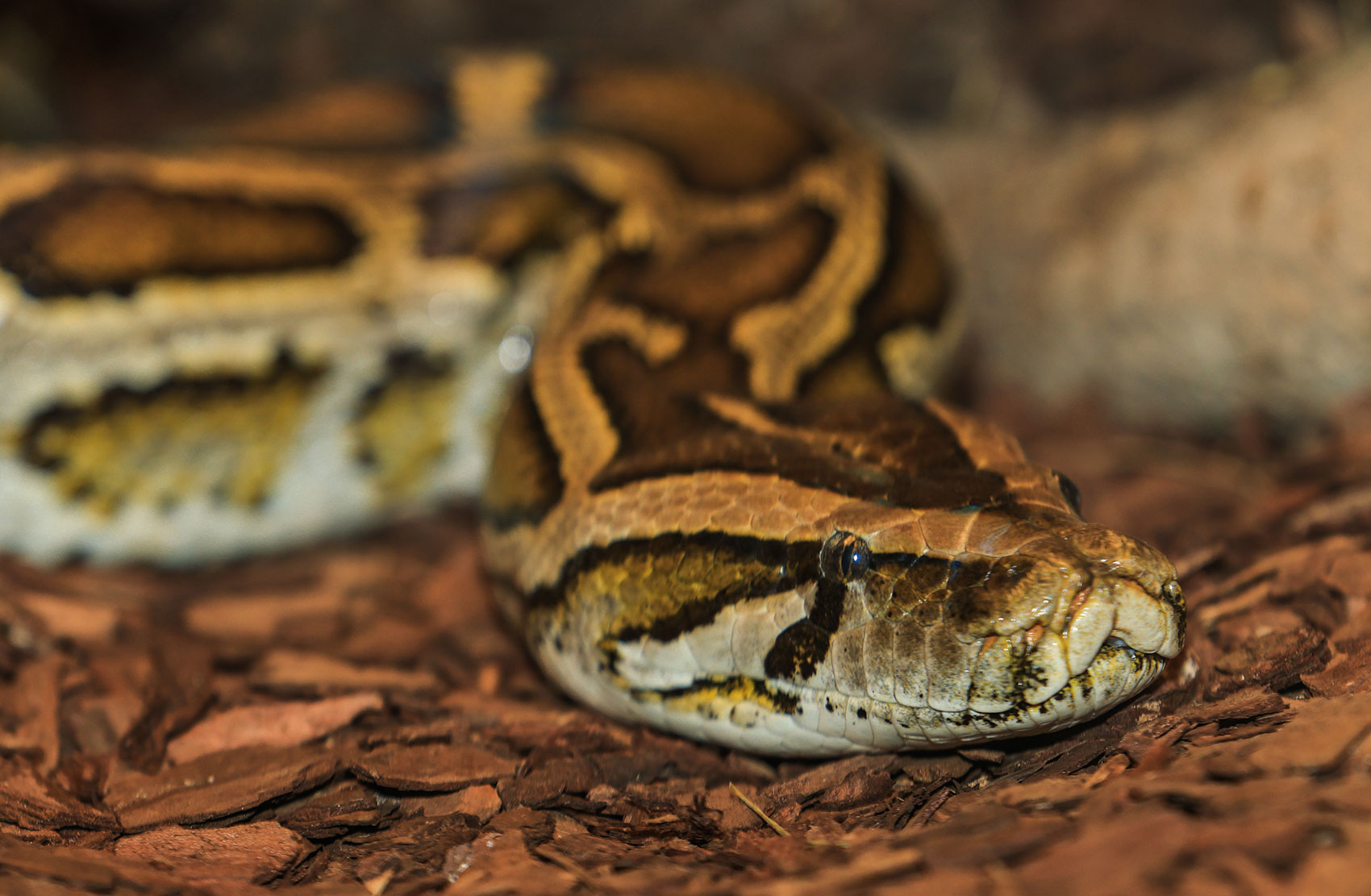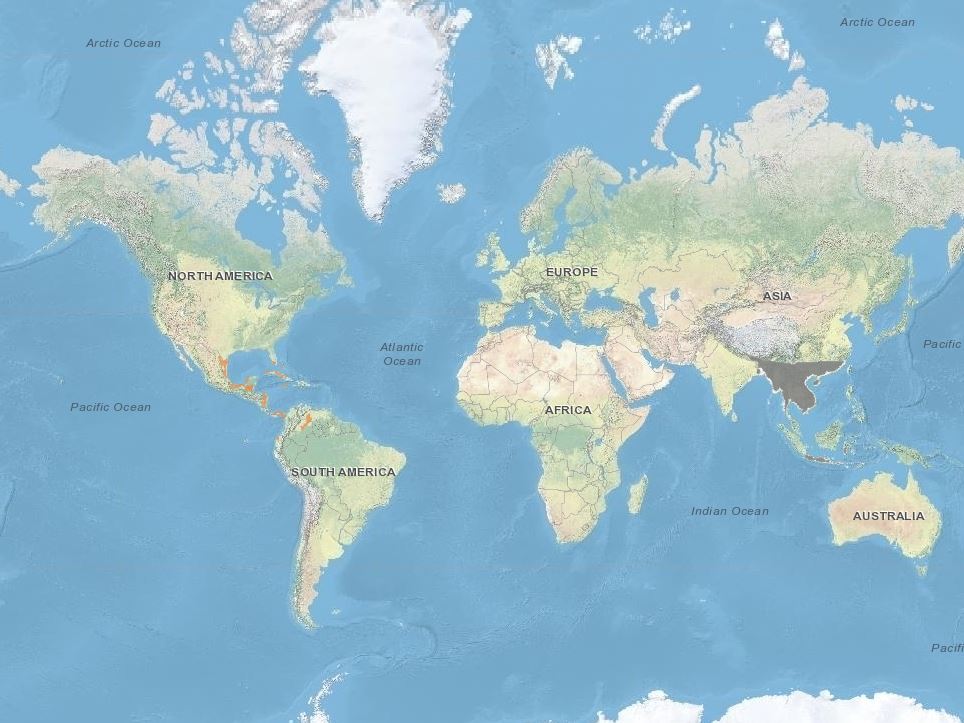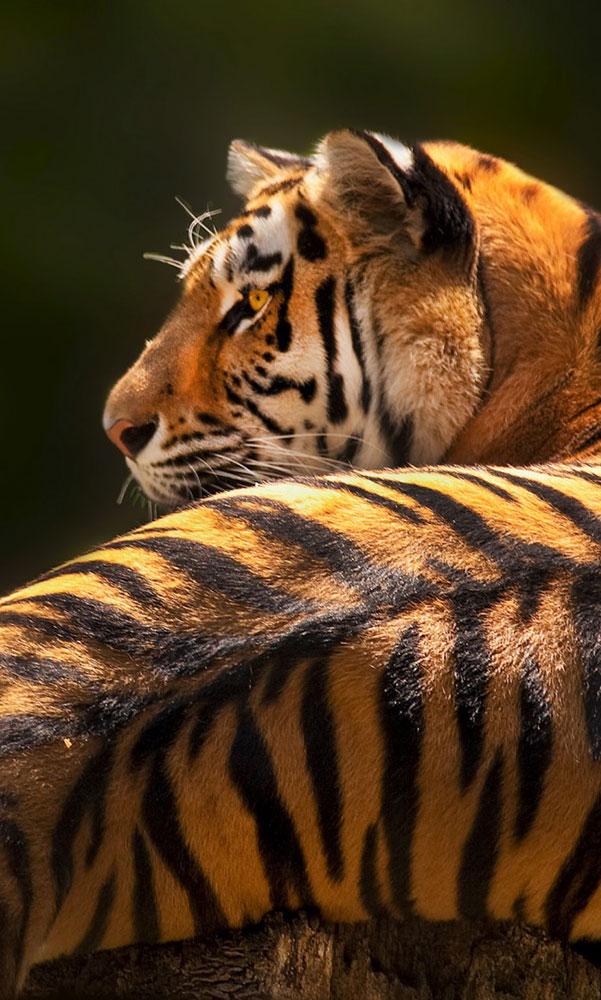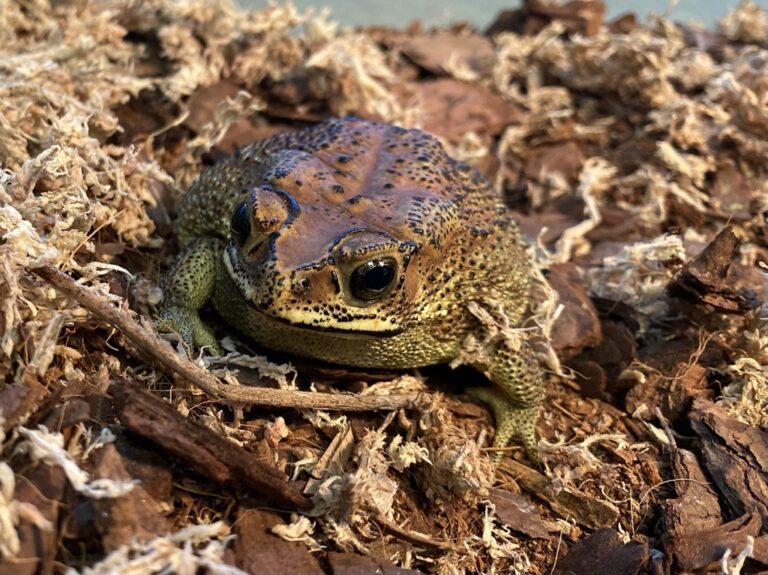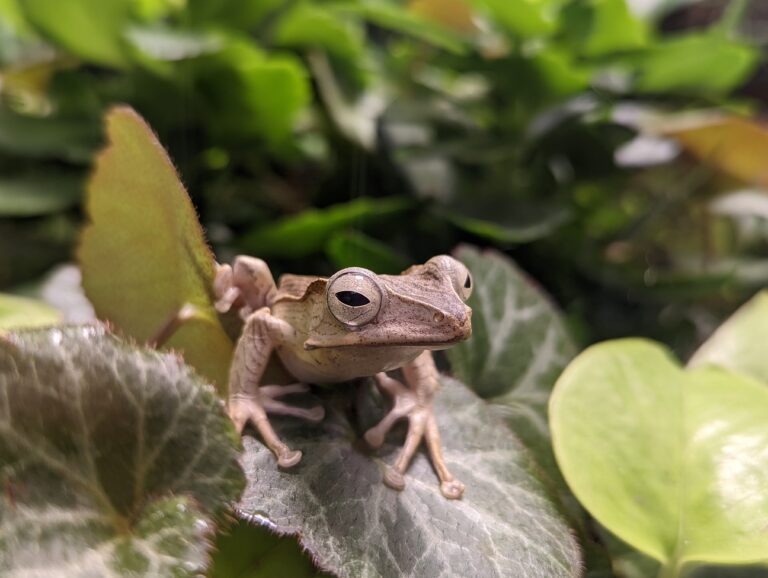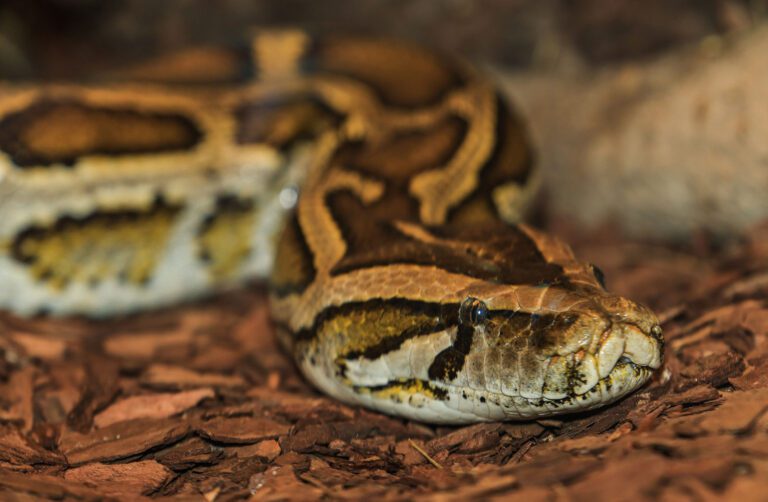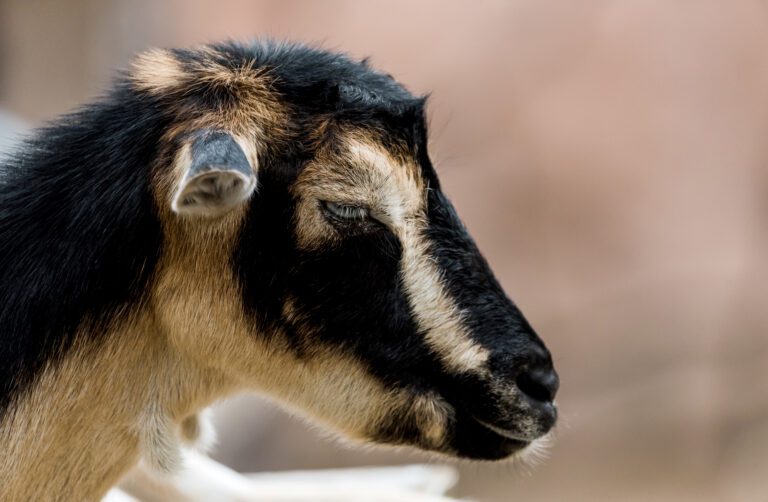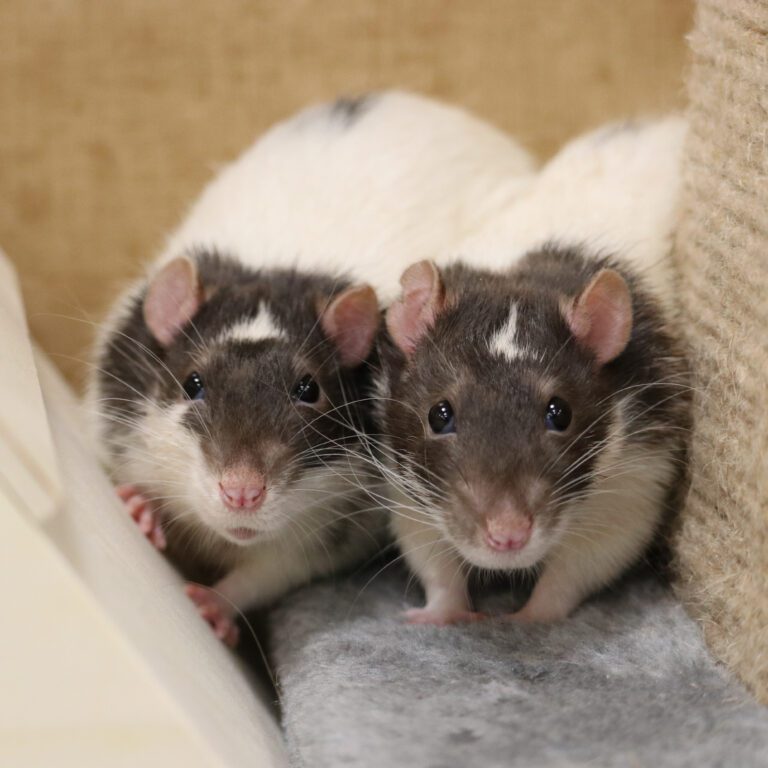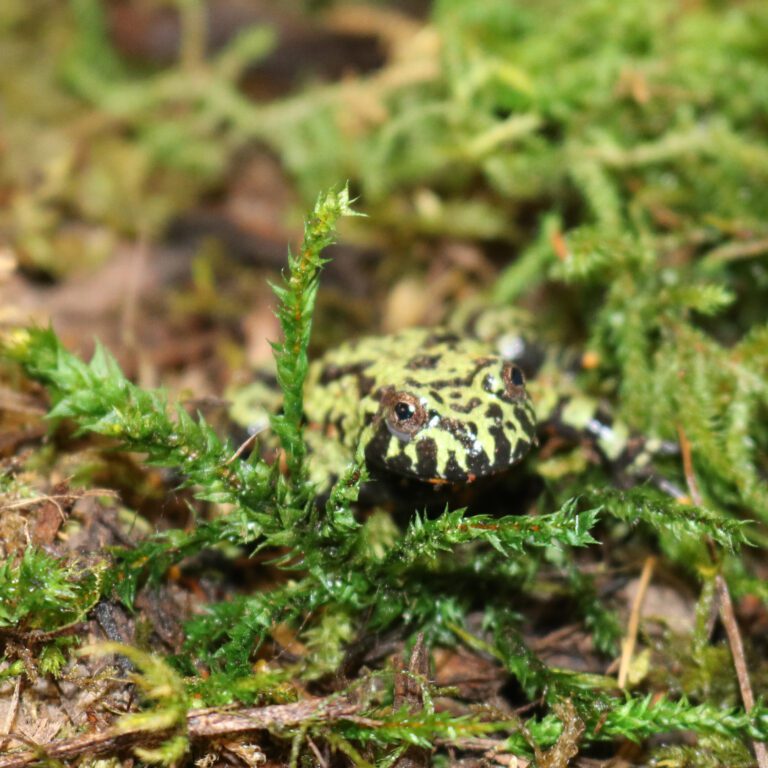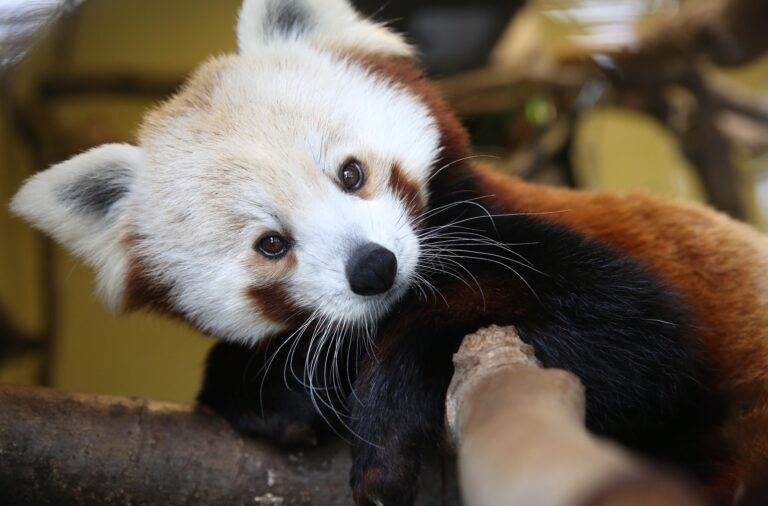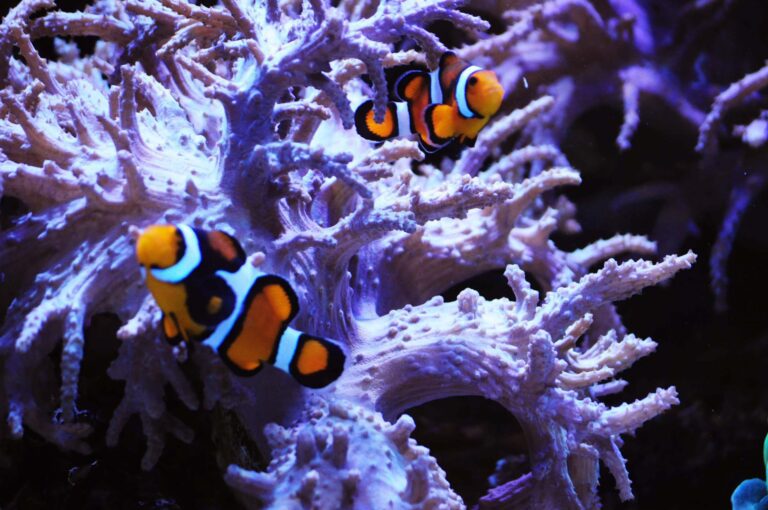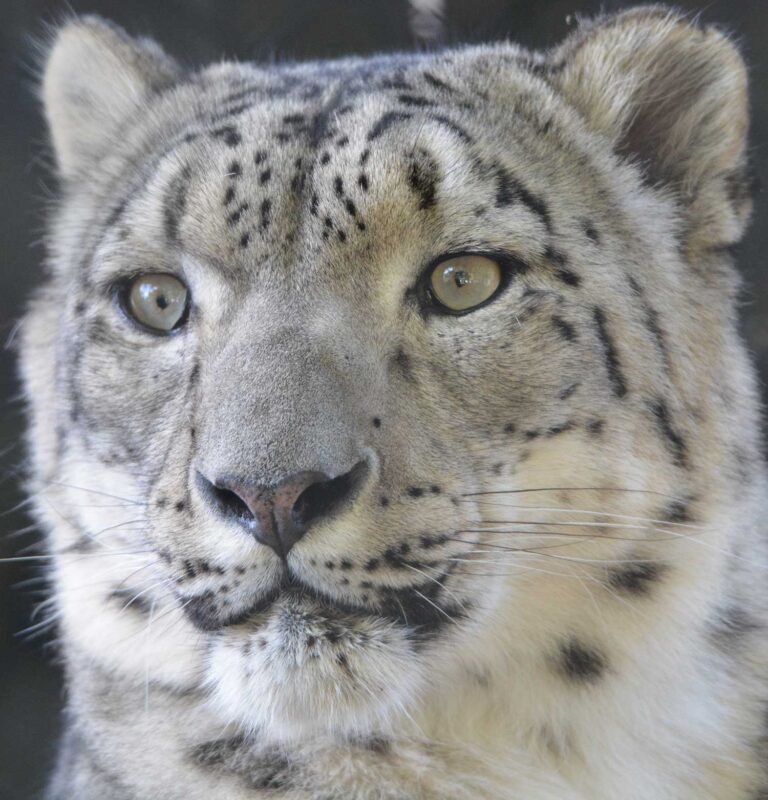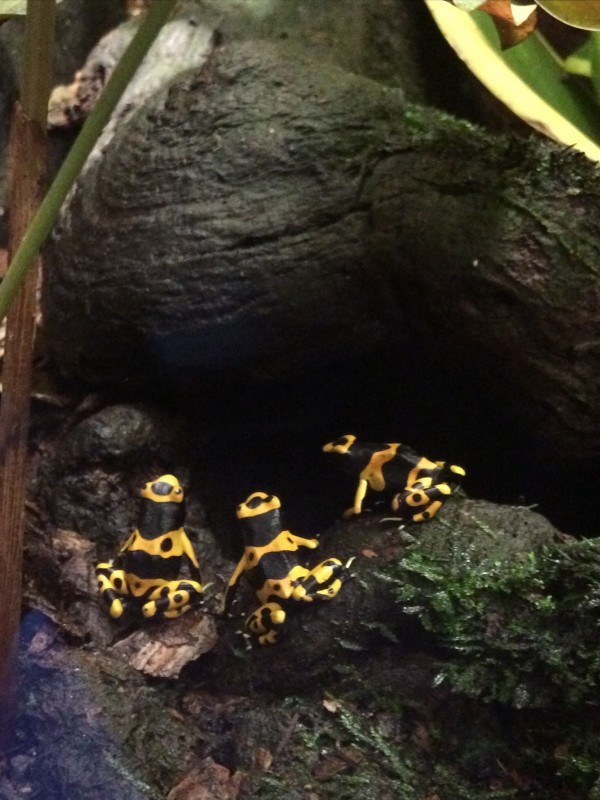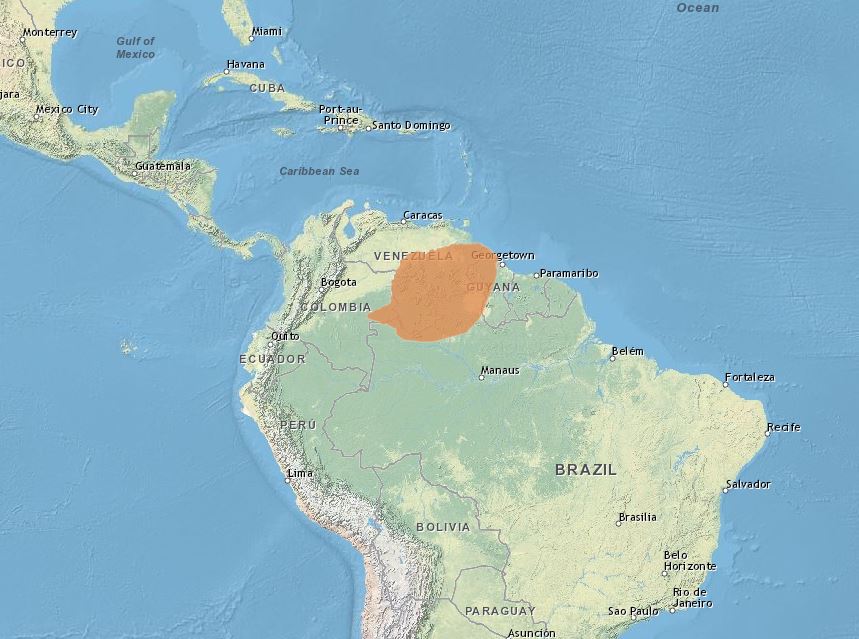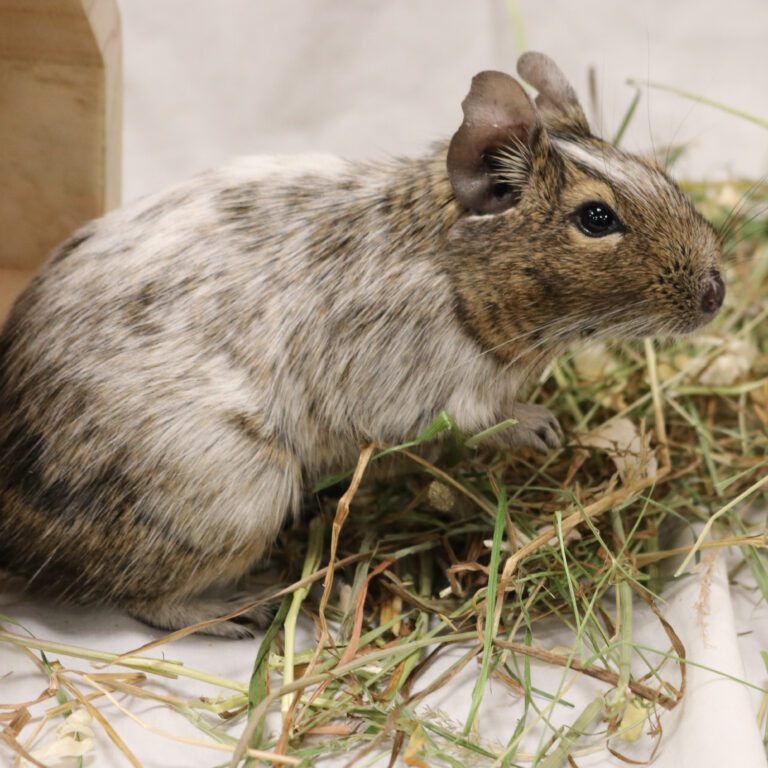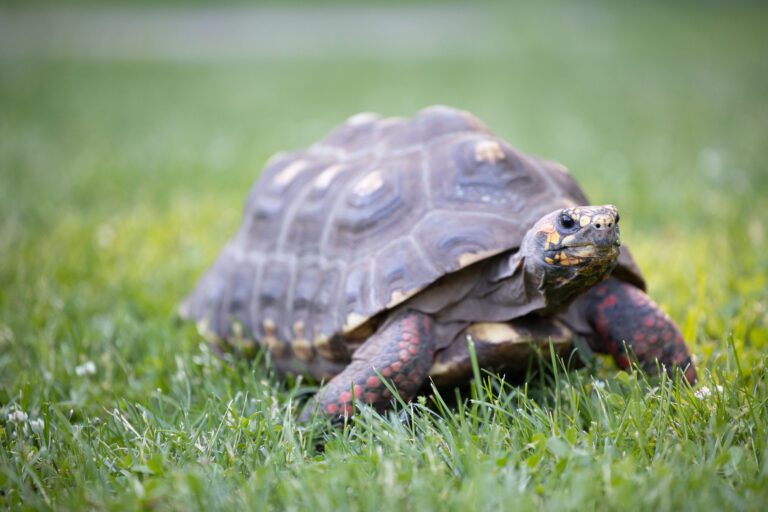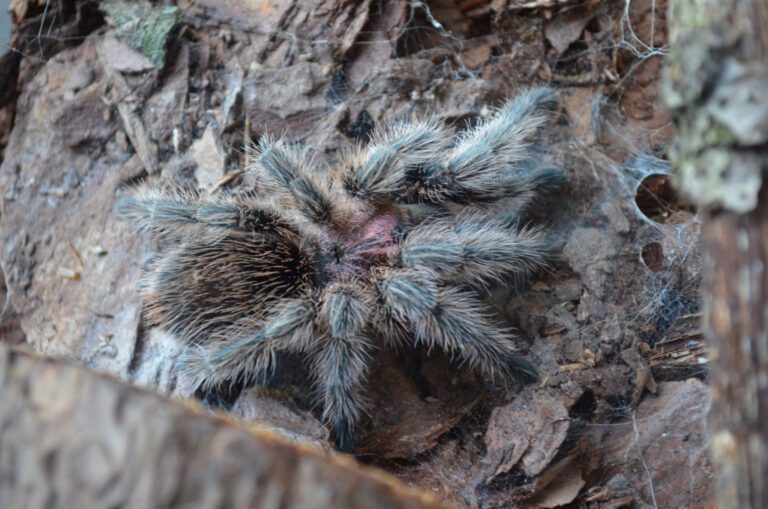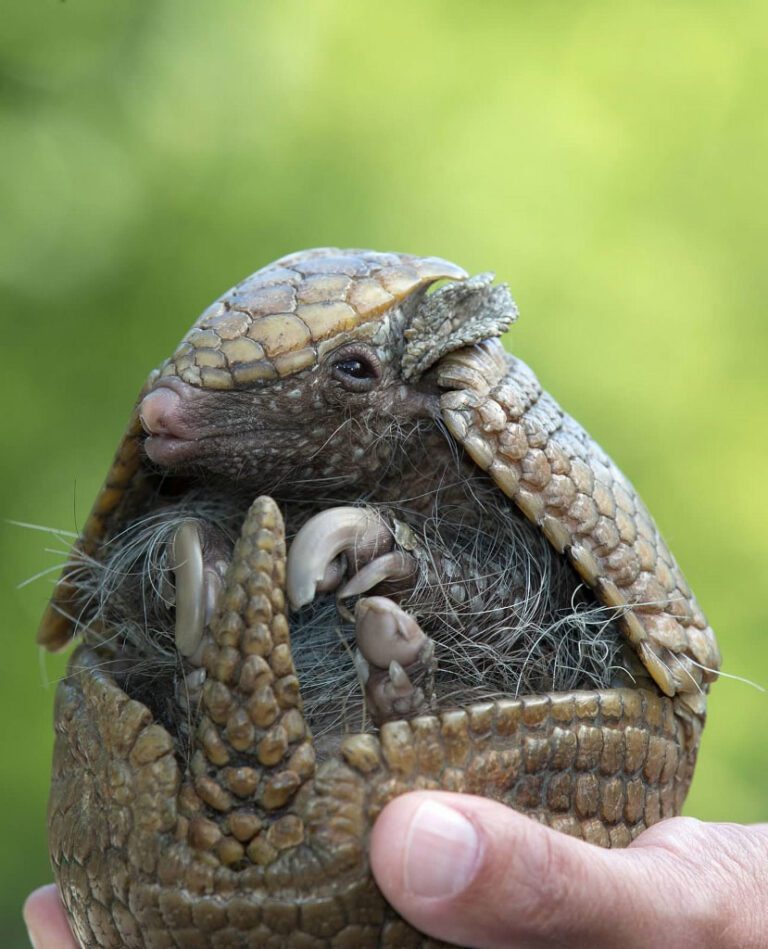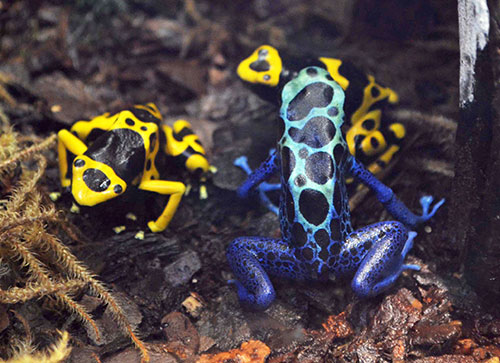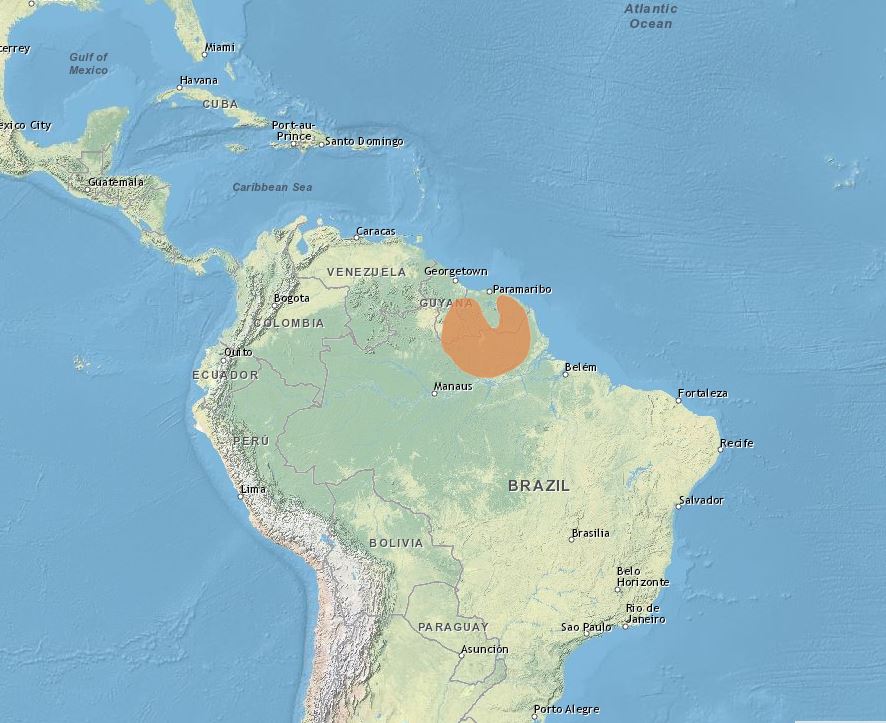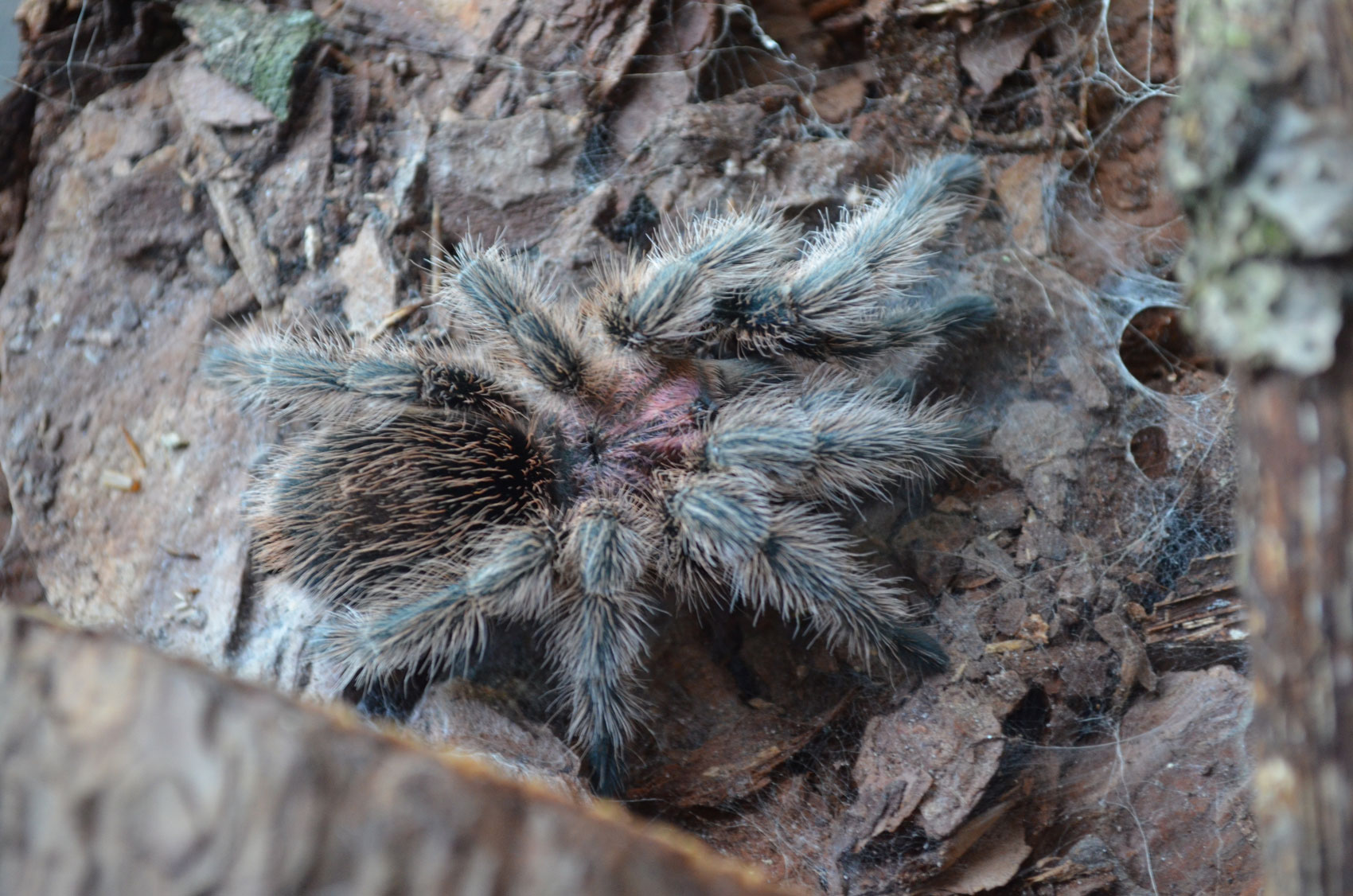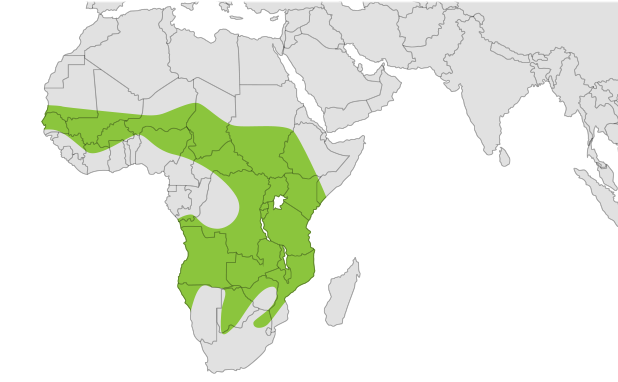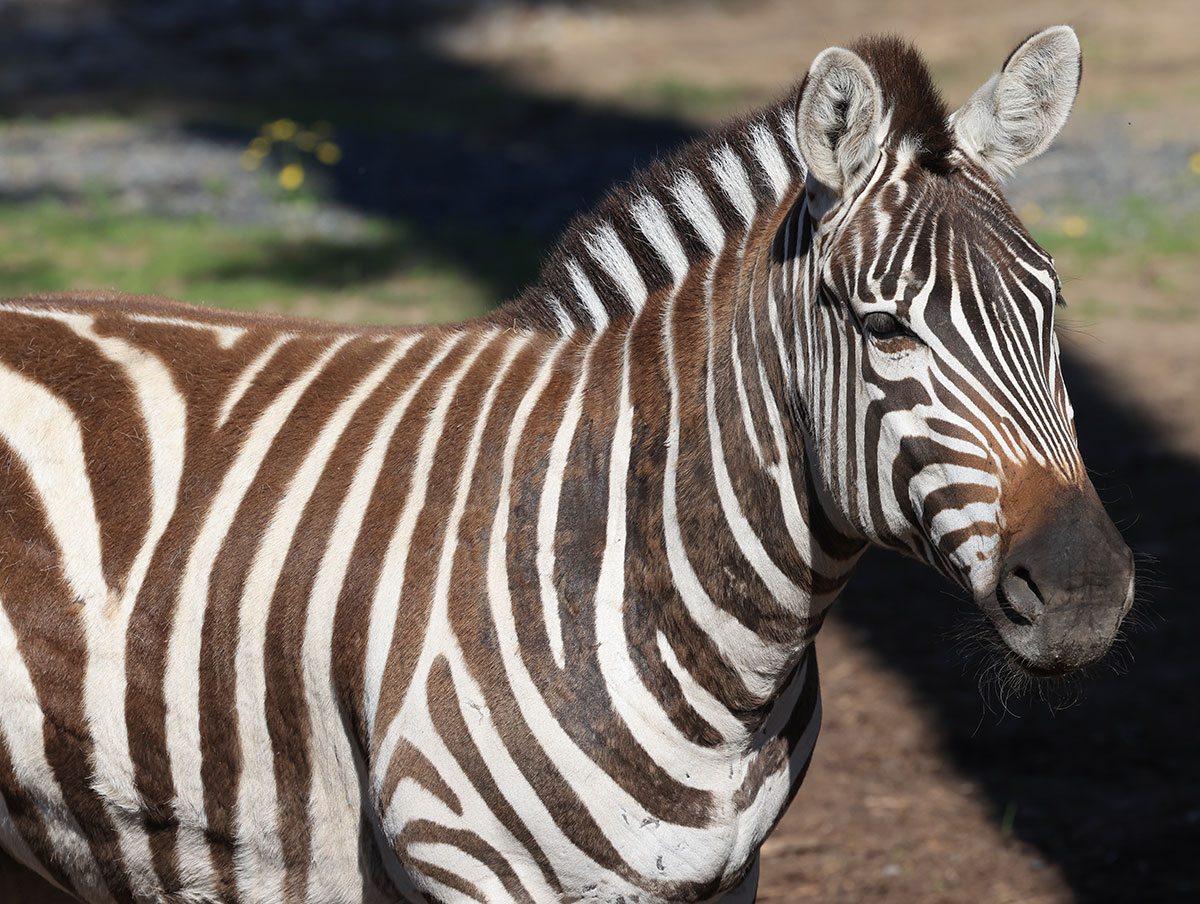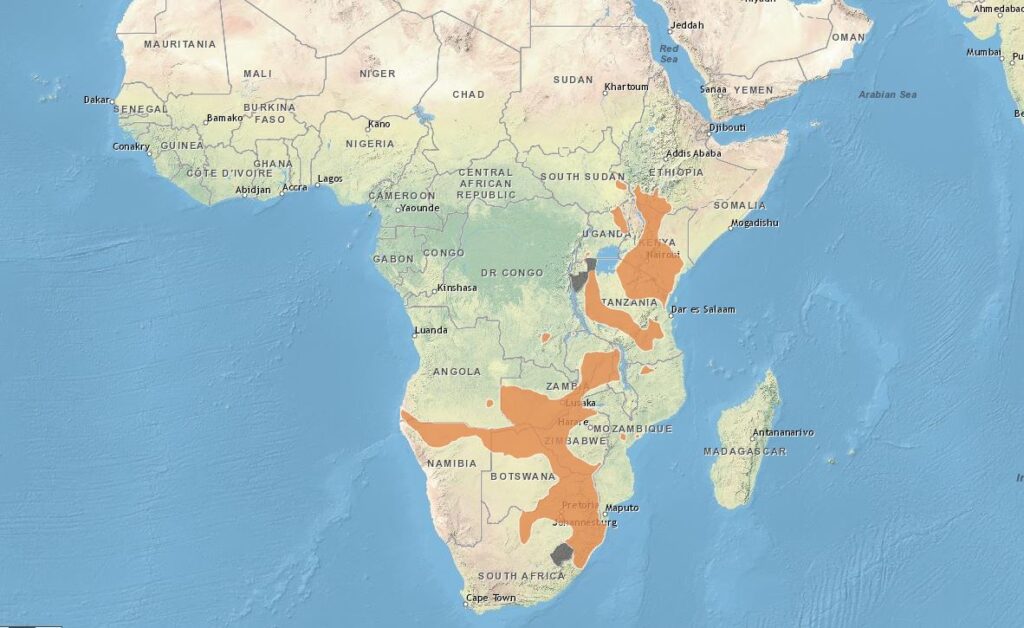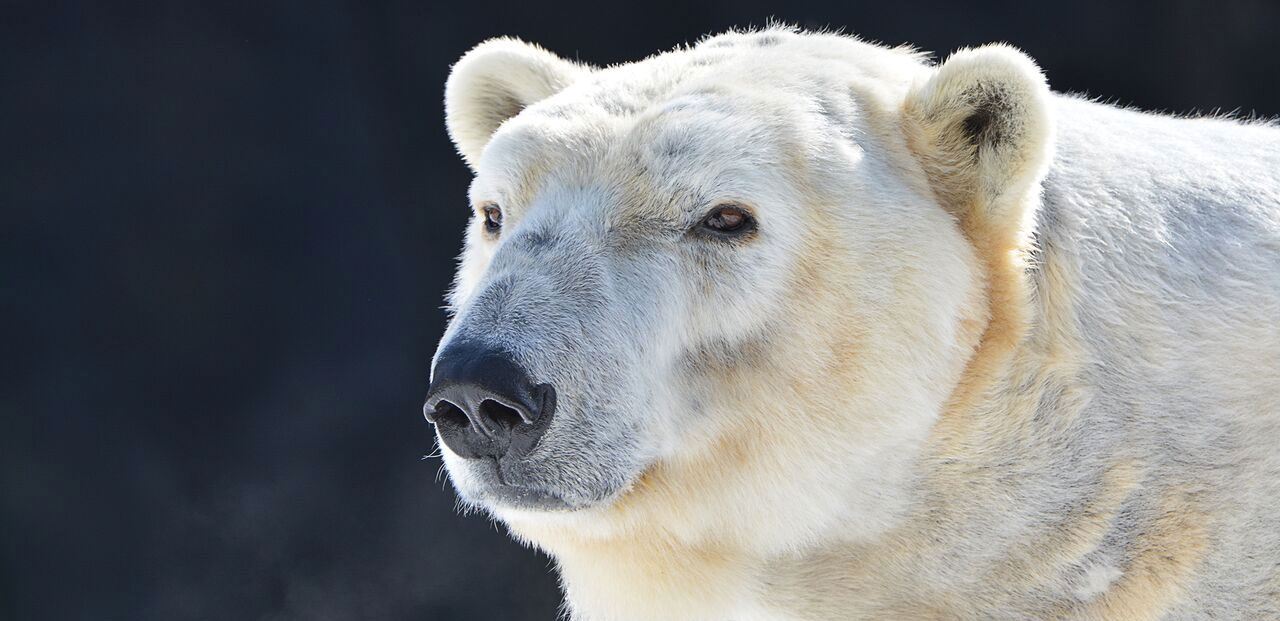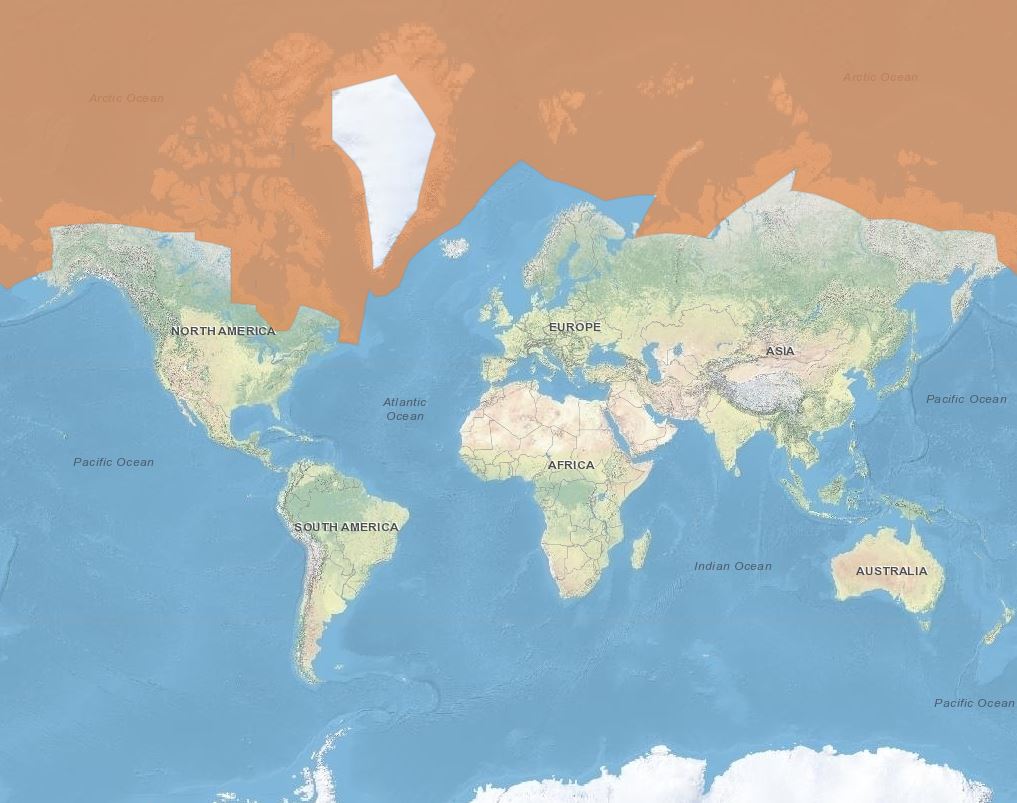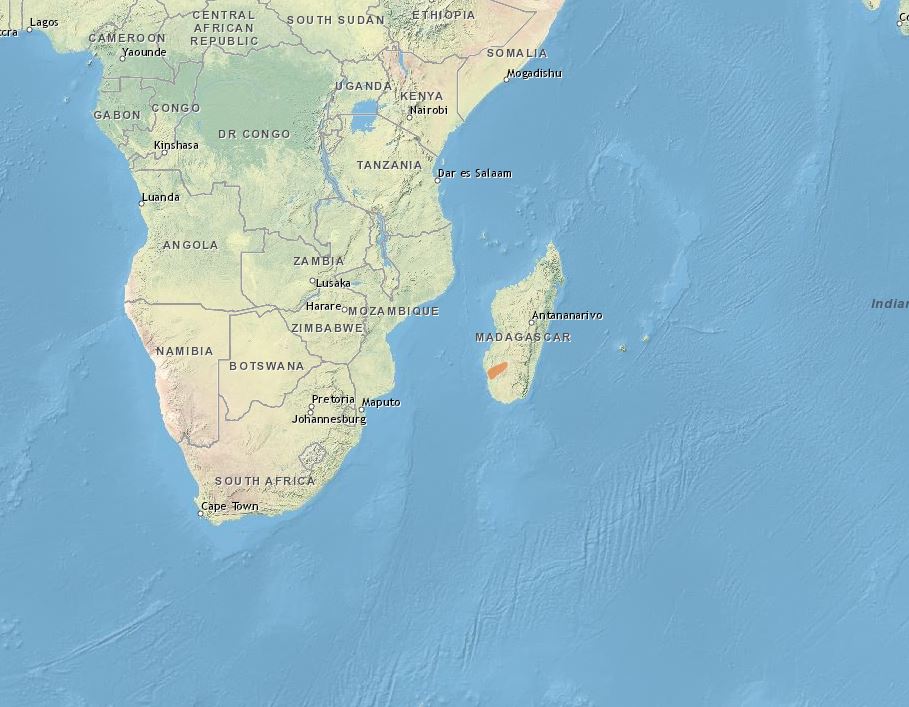White Rhino
Seneca Park Zoo is home to one southern white rhinoceros named Jiwe. He was born in December, 2016 at Fossil Rim Wildlife Center in Texas and came to the Zoo in 2020. The rhino habitat is located in Animals of the Savanna.
Animal Facts
The white rhino is one of five species of rhinos. The others are the Javan rhino, the Sumatran rhino, the Indian rhino and the black rhino.
Full-grown adult white rhinos weigh between 5,000 to 7,000 pounds and measure 6-feet tall at the shoulders.
Our white rhino is fed 10 pounds of grain, 5 pounds of produce (lots of bananas!) and hay every day.
The name white rhino comes from the Dutch words “wijd” or “weit,” meaning wide and refers to their wide, square shaped upper lip.
Rhinos have a poor vision. They can see movement, but not details more than 100 feet away. They do, however, have excellent hearing and a keen sense of smell which enables them to detect odors up to a mile away.
Diet
Grasses, fruits and grain are the primary foods.
Status in The Wild
- Near Threatened
International Union for Conservation of Nature (IUCN) Red List status
The squared lip that the white rhino is named for is an adaptation to the African grasslands that it grazes for food.
The rhino is built to graze the open grasslands and floodplains in pockets of eastern and southern Africa. When the rhino Species Survival Plan committee decides where to place rhinos in facilities, a number of factors come into play, including the rhino’s age, sex, genetics and exhibit availability.
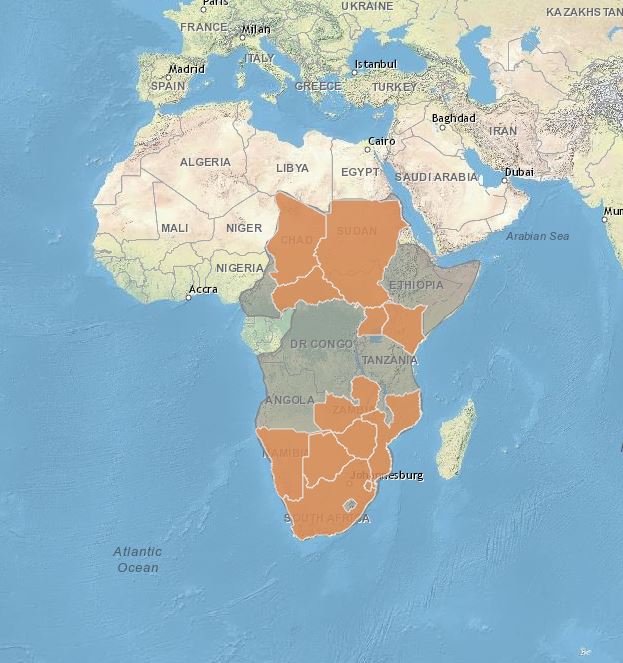

More Animals From Africa
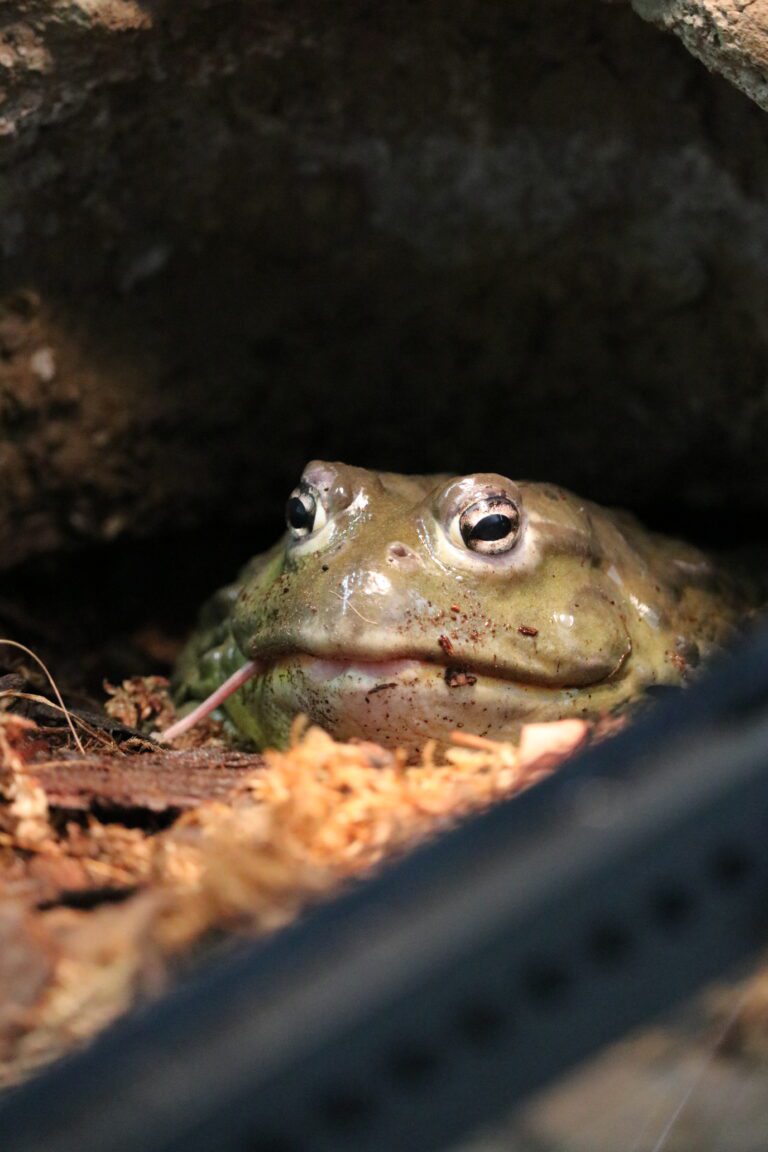





African Bullfrog (Ambassador Animal)
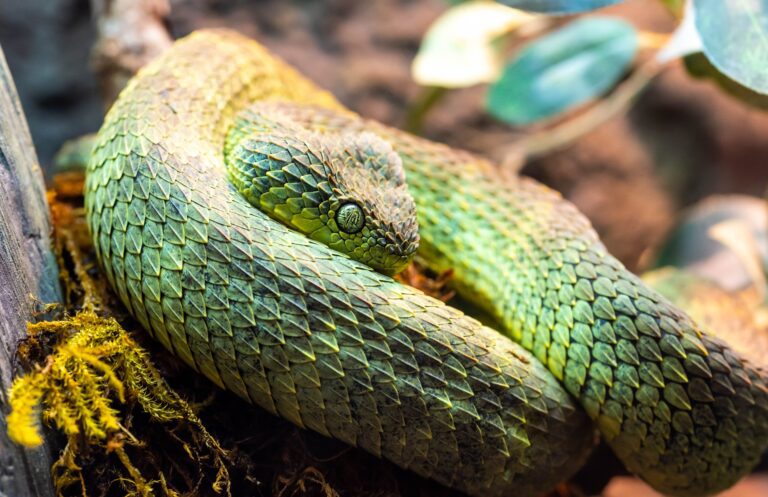





African Bush Viper
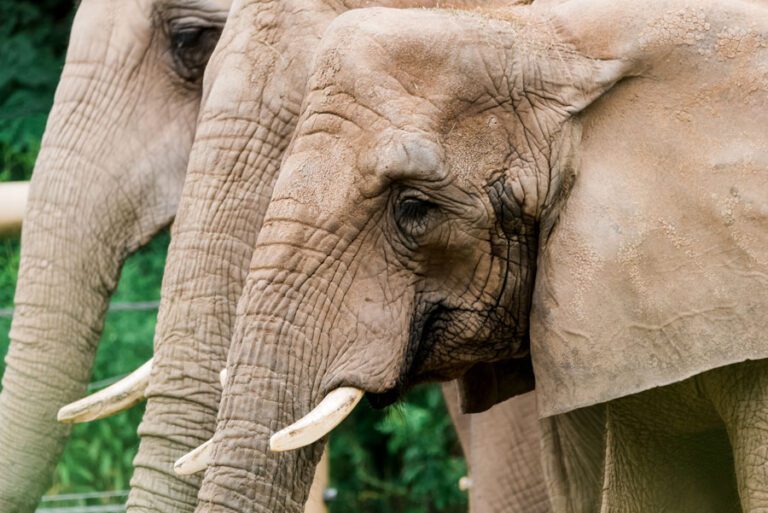





African Elephant
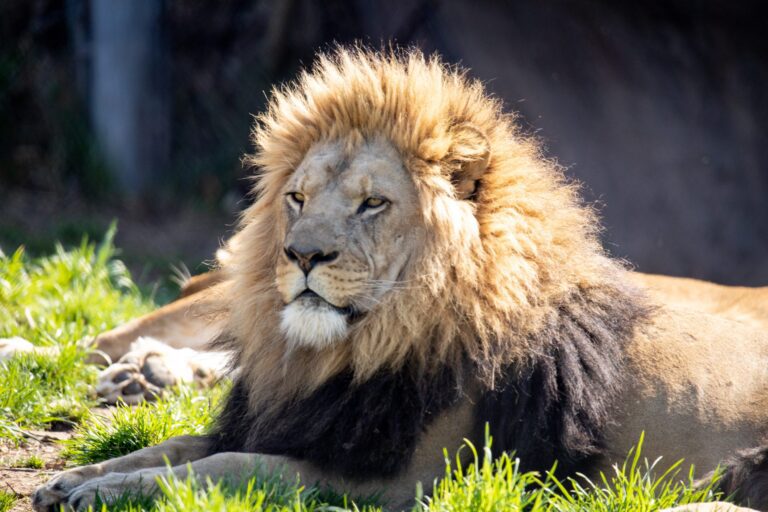





African Lion
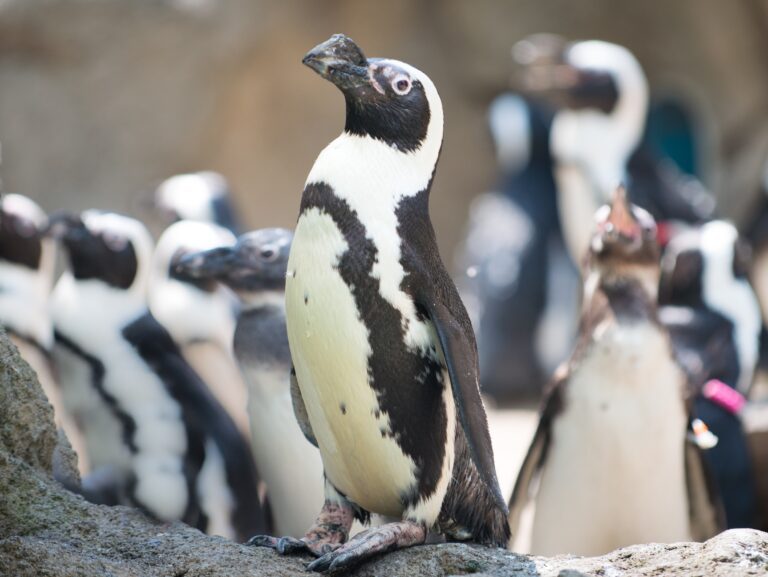





African Penguin
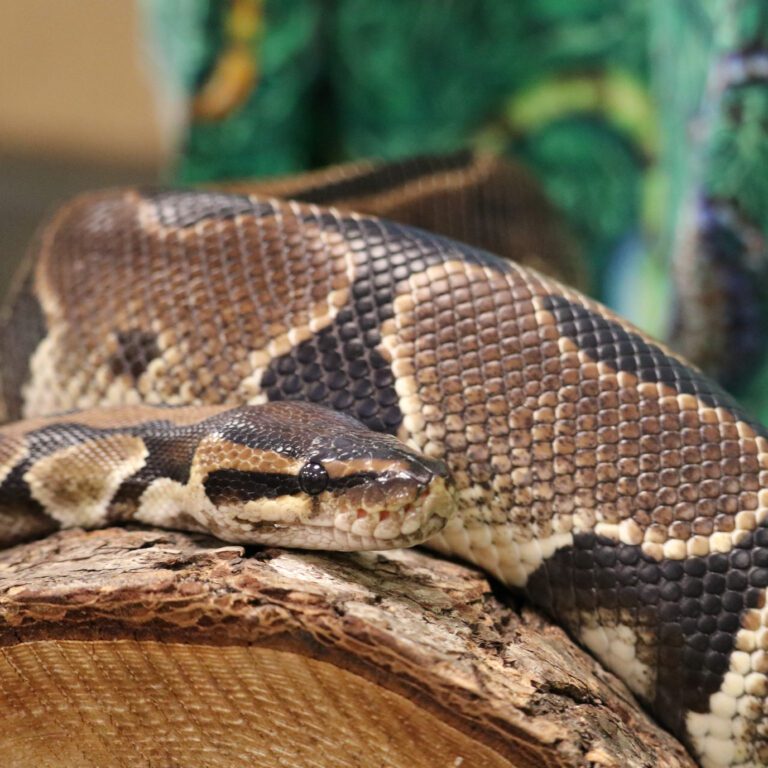





Ball Python (Ambassador Animal)
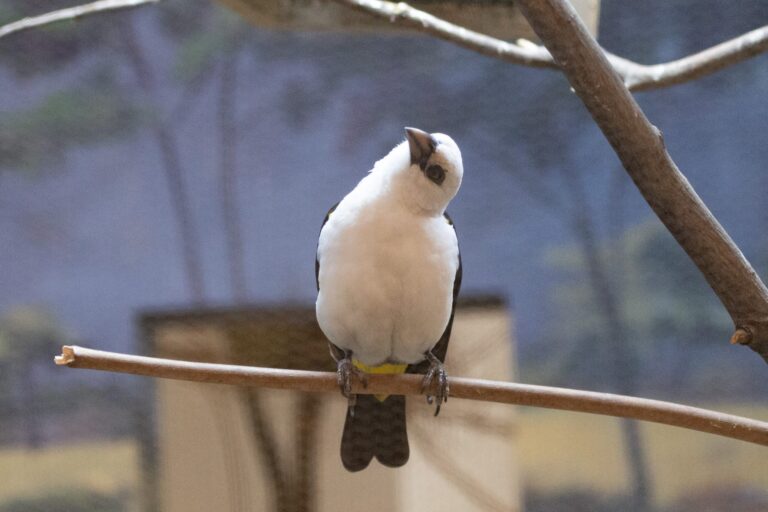





Buffalo Weaver
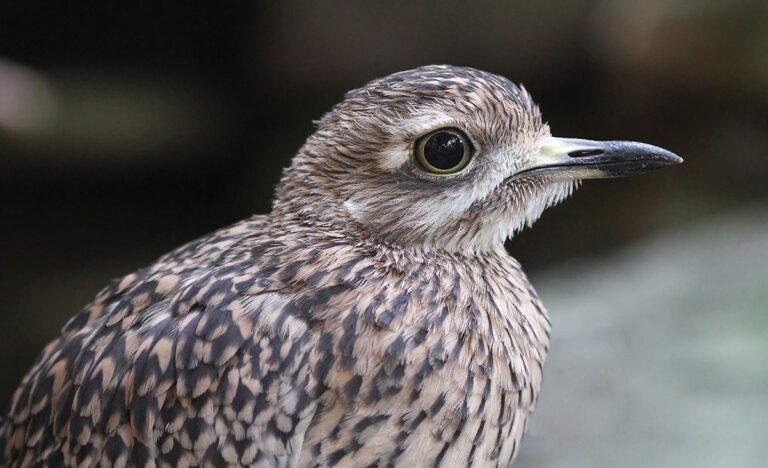





Cape Thick-Knee
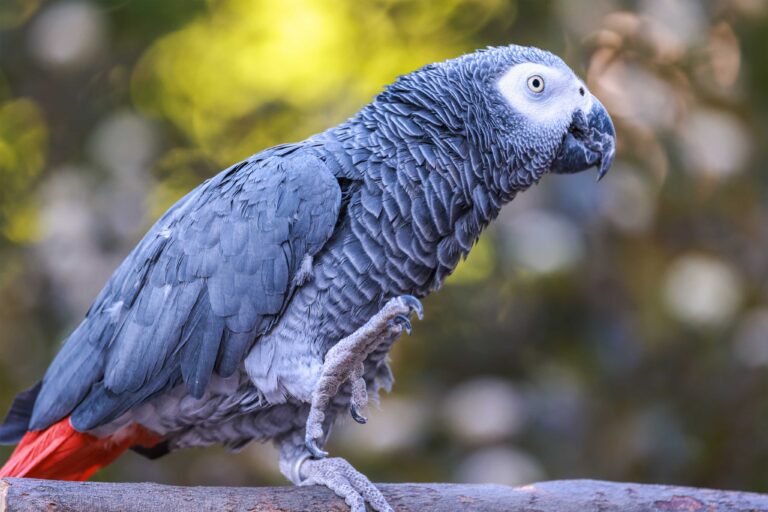





Congo African Grey Parrot (Ambassador Animal)
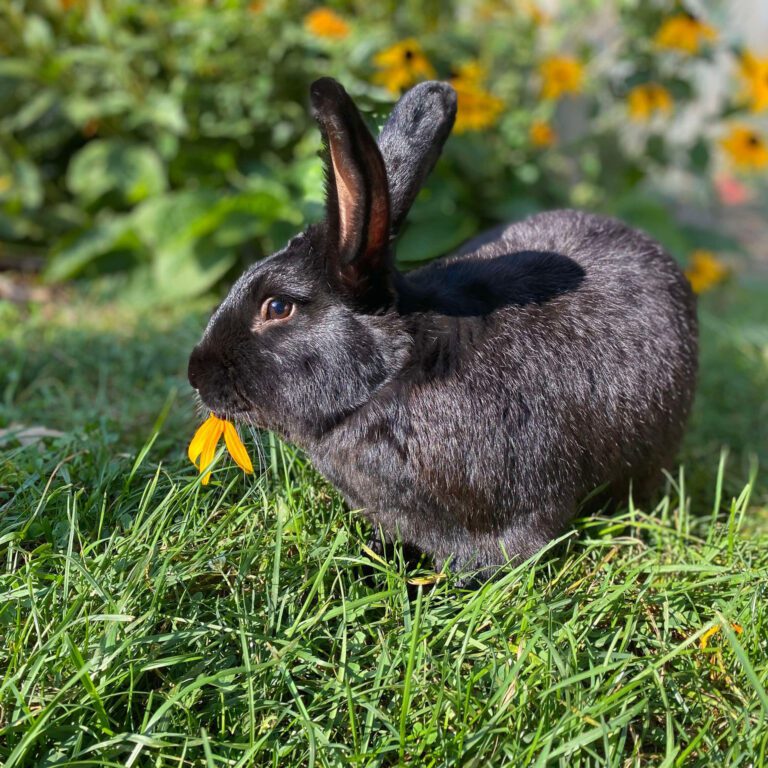





Domestic Rabbit (Ambassador Animal)
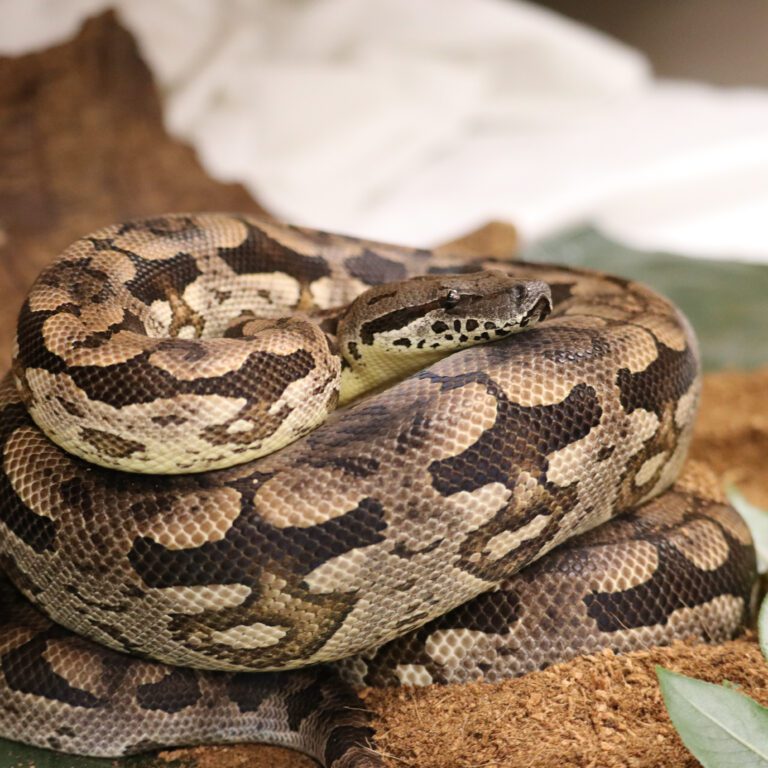





Dumeril’s Ground Boa (Ambassador Animal)
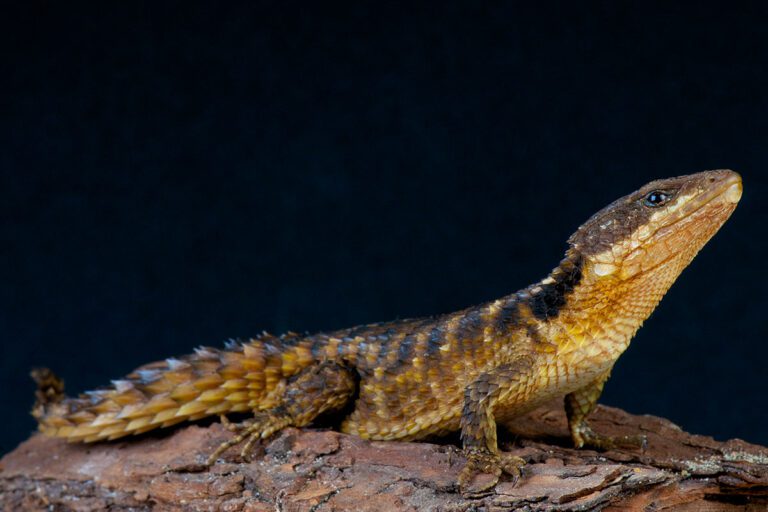





East African Spiny-Tailed Lizard
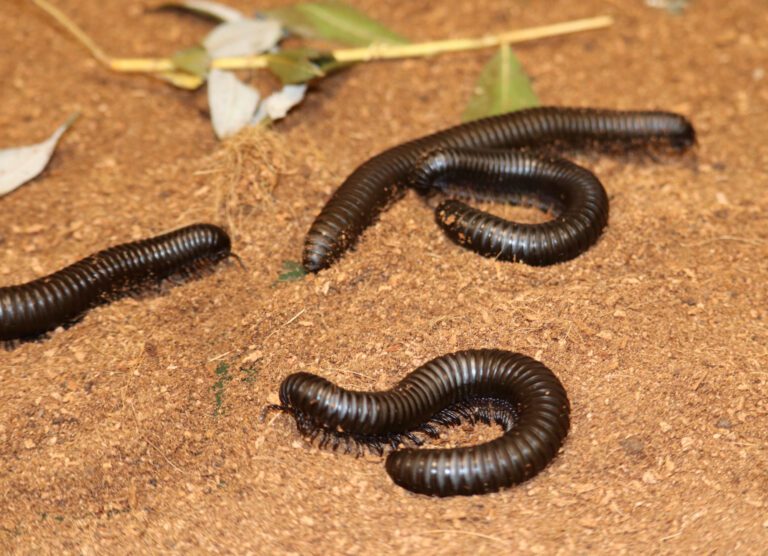





Giant African Millipede (Ambassador Animal)
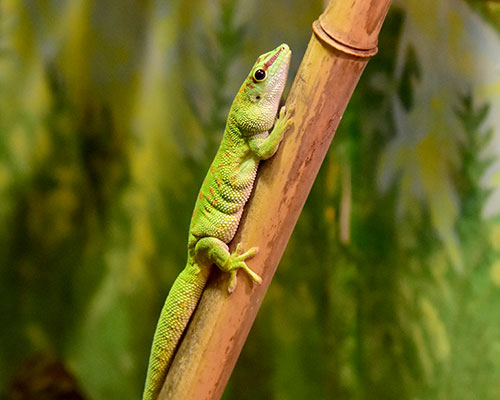





Giant Day Gecko
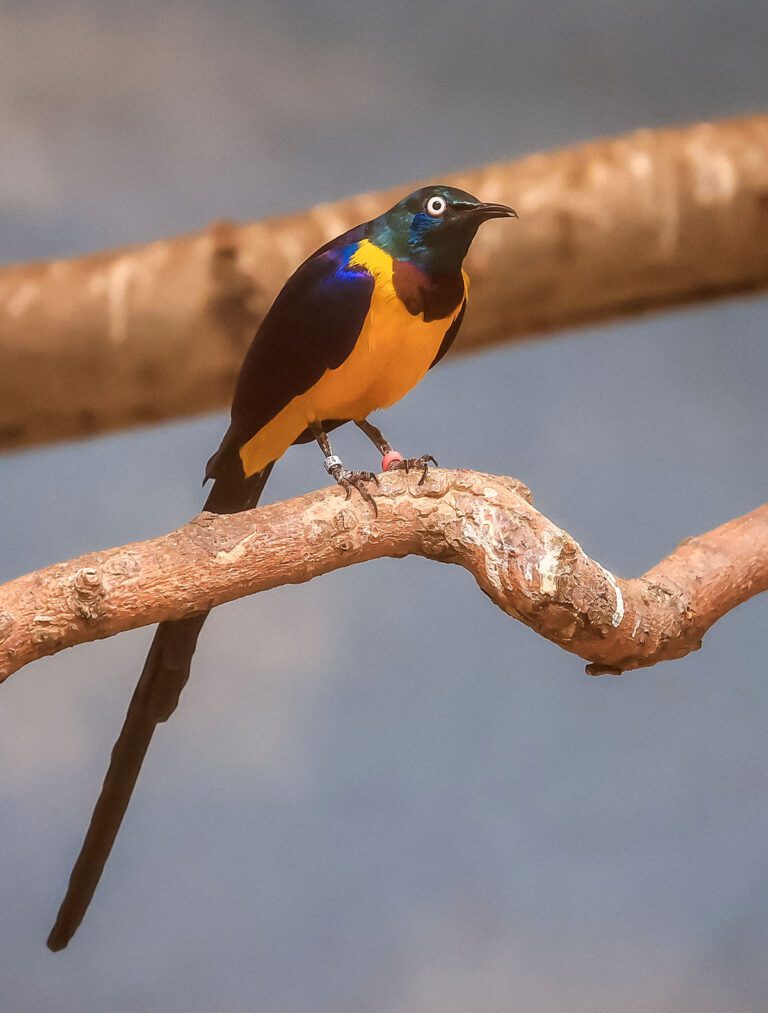





Golden-Breasted Starling
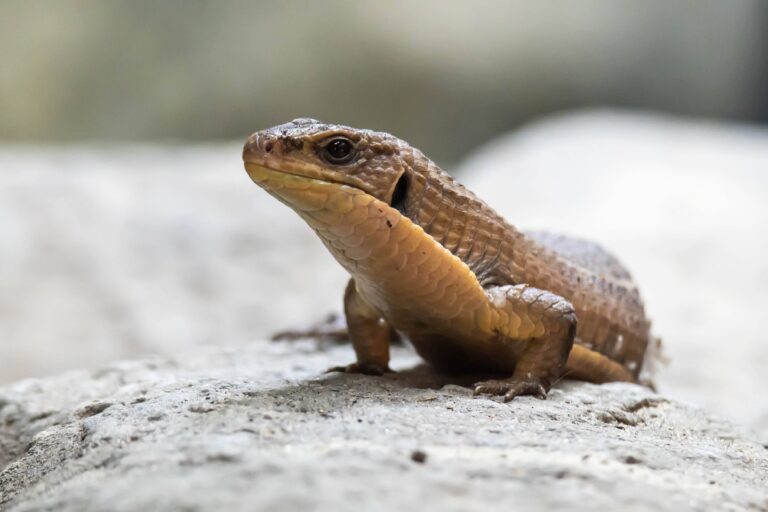





Great Plated Lizard
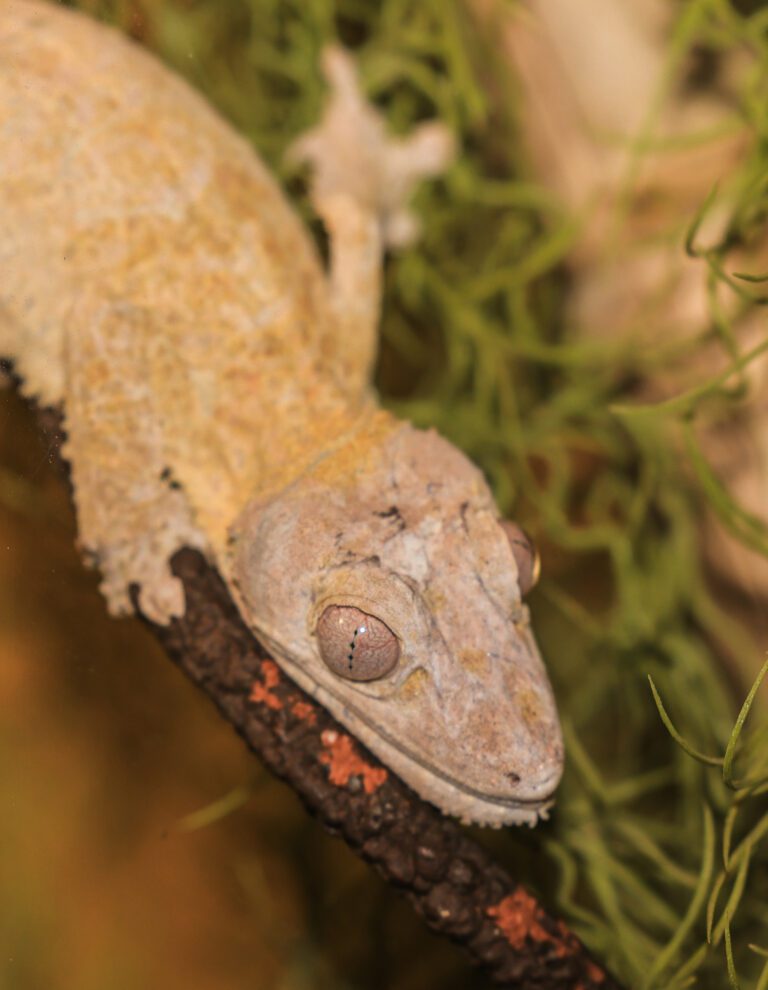





Henkel’s Leaf-Tailed Gecko
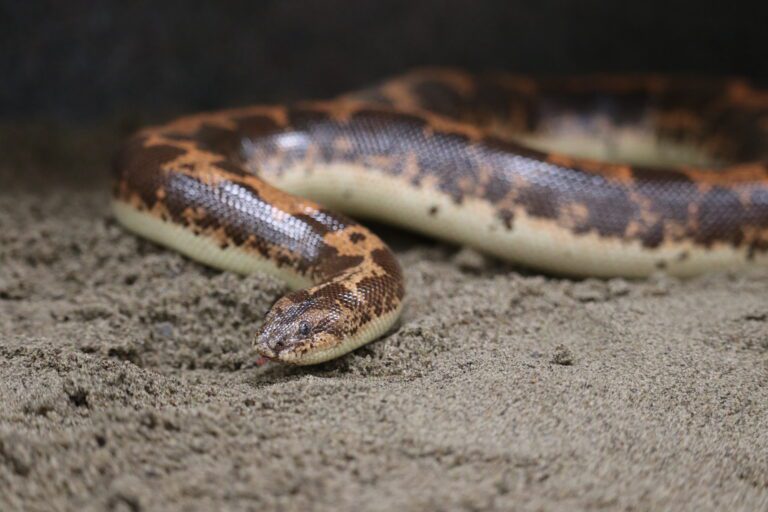





Kenyan Sand Boa (Ambassador Animal)
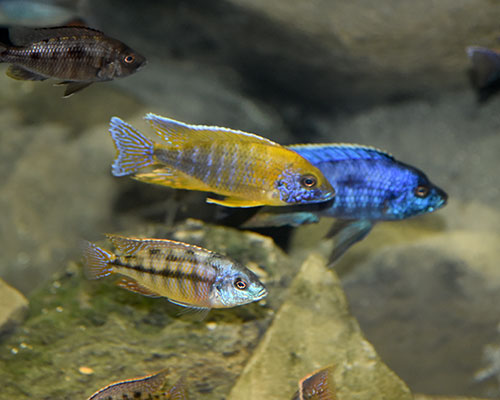





Lake Malawi Cichlids
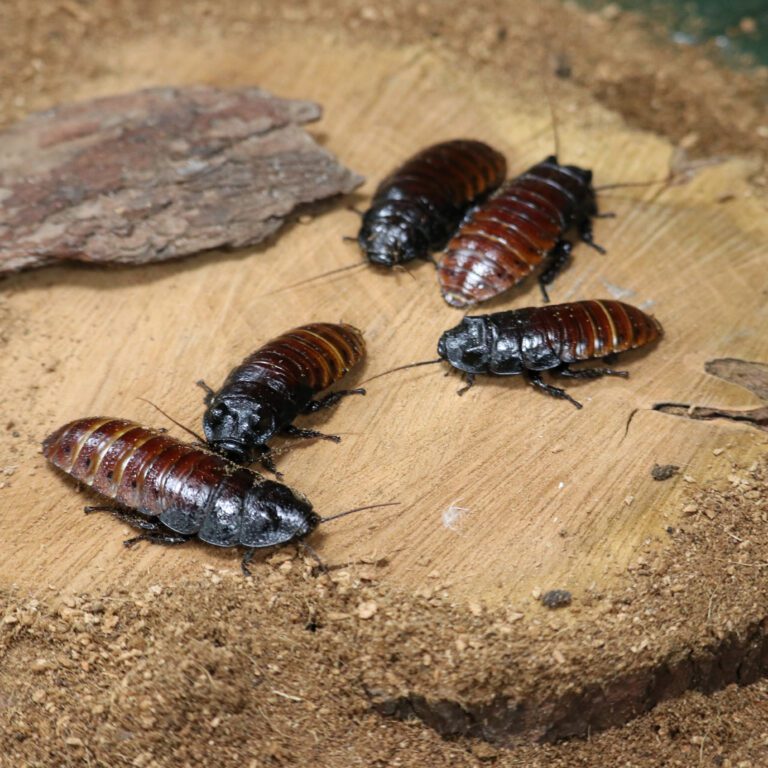





Madagascar Hissing Cockroach (Ambassador Animal)
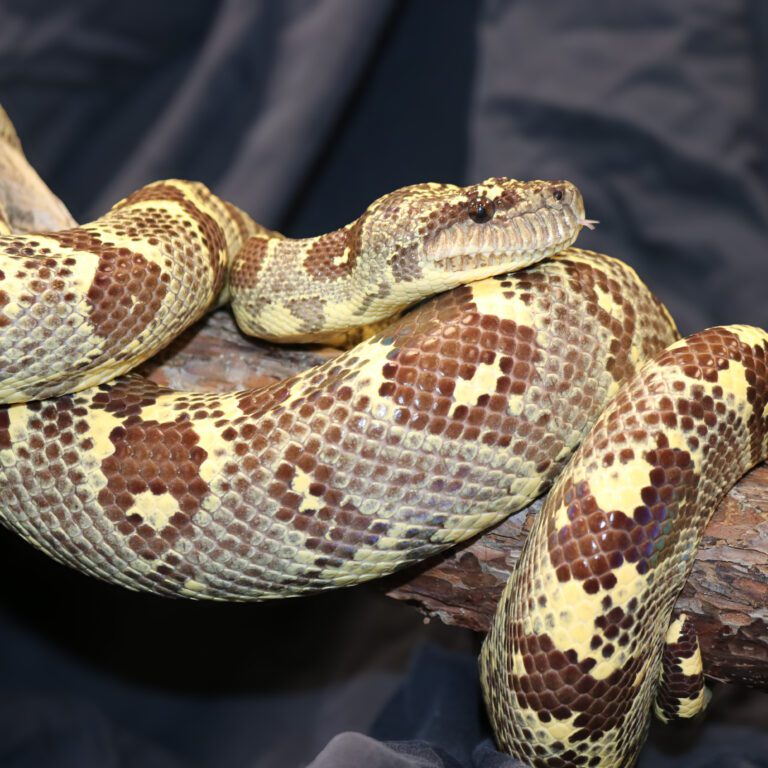





Madagascar Tree Boa (Ambassador Animal)
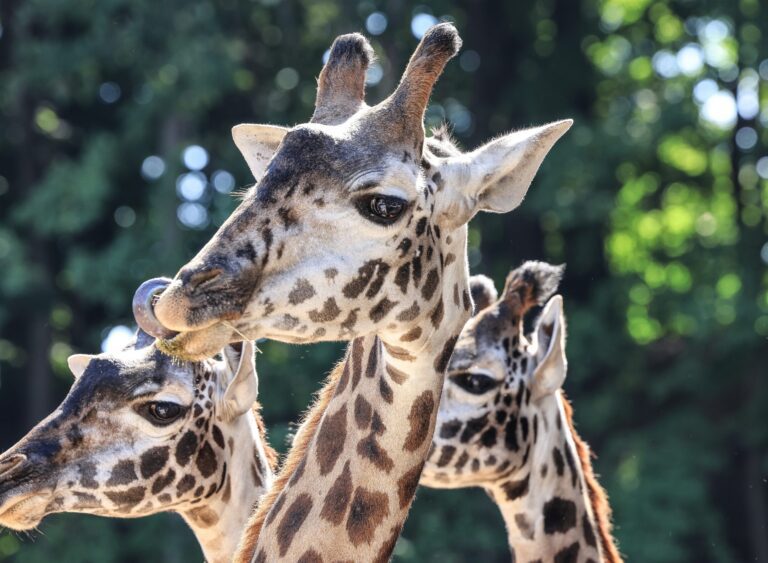





Masai Giraffe






Mombasa Golden Starburst Tarantula
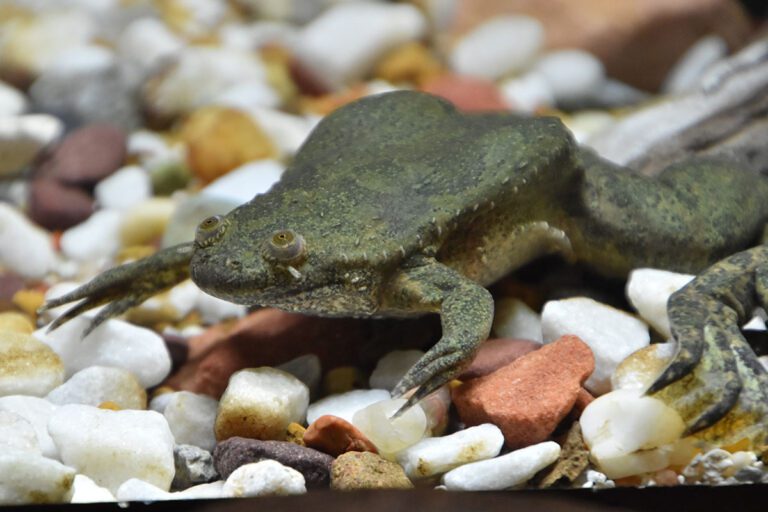





Mueller’s Clawed Frog
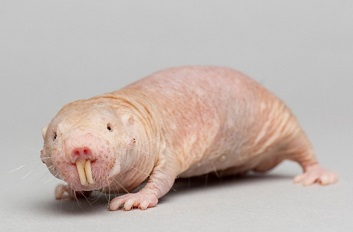





Naked Mole Rat
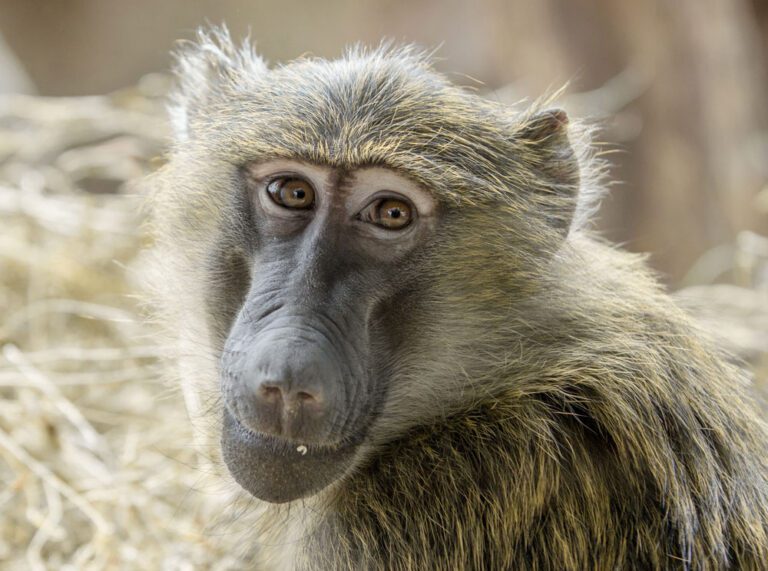





Olive Baboon
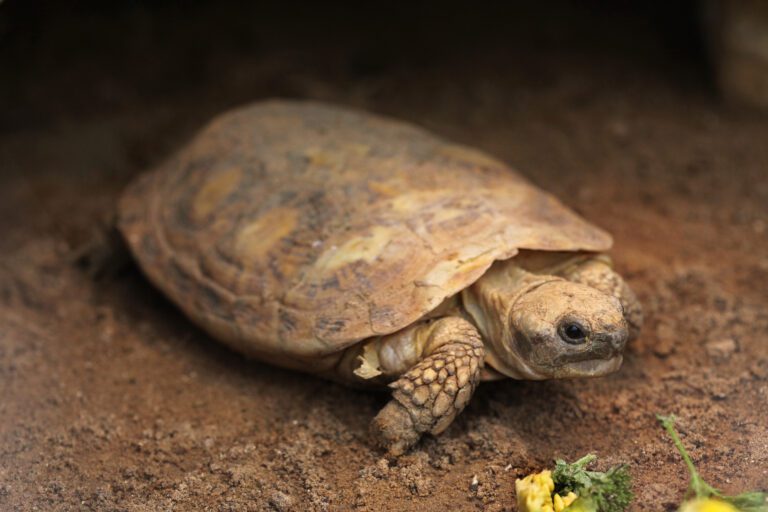





Pancake Tortoise (Ambassador Animal)
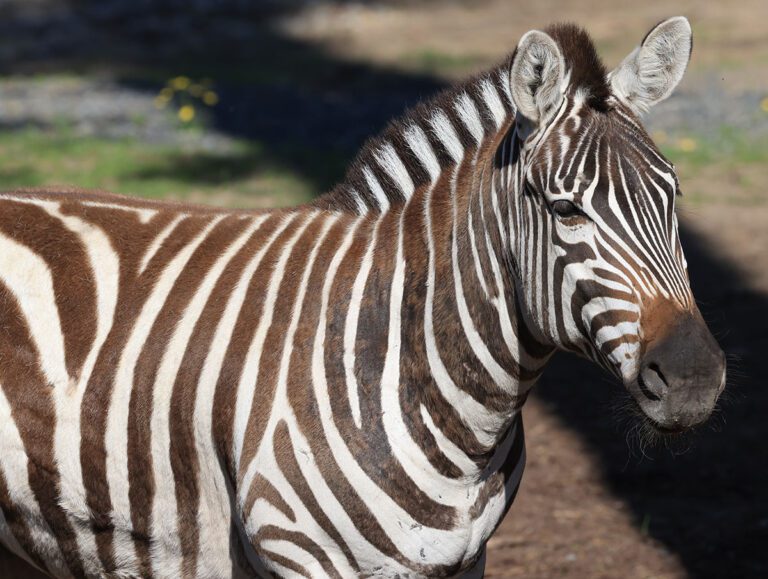





Plains Zebra
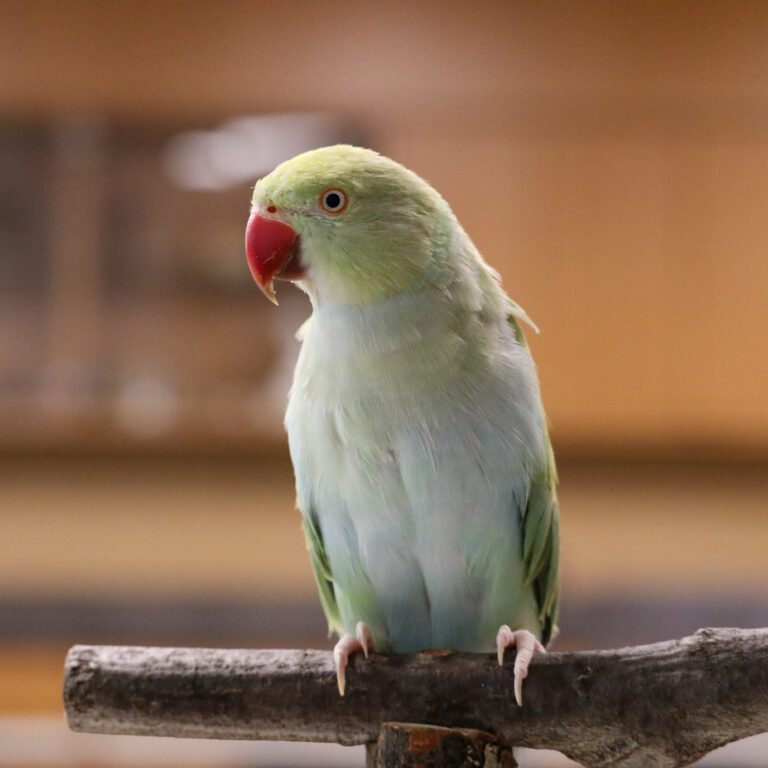





Ring-neck Parakeet (Ambassador Animal)
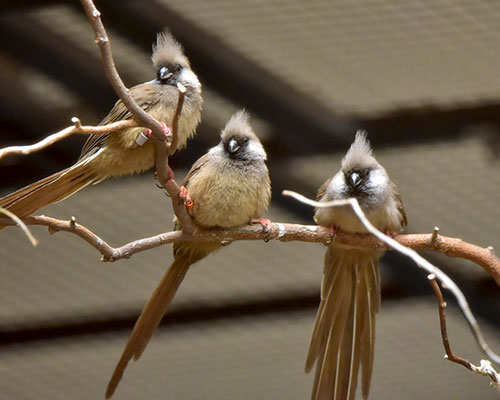





Speckled Mousebird
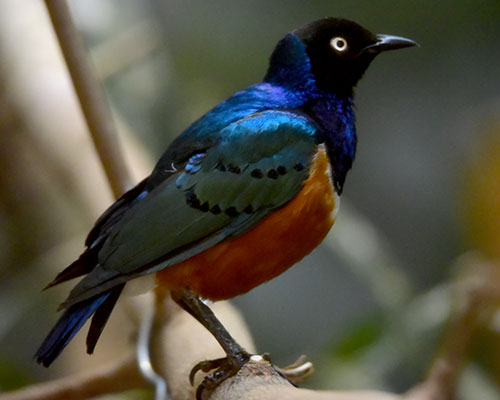





Superb Starling
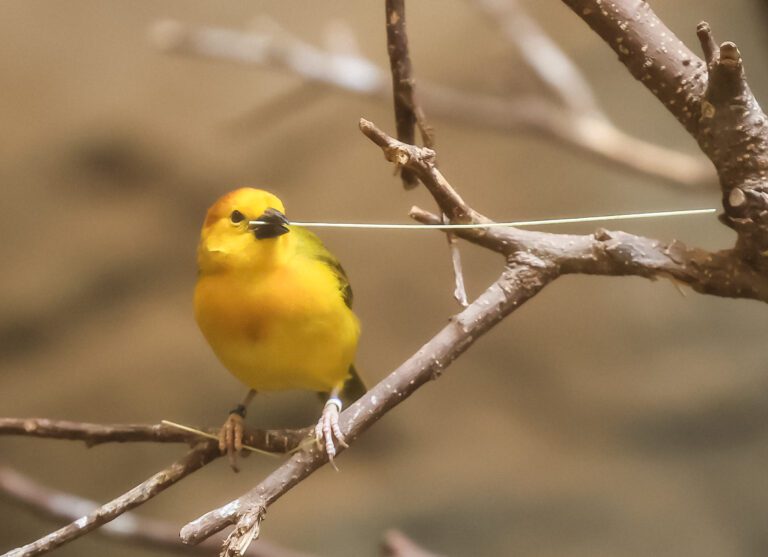





Taveta Golden Weaver
